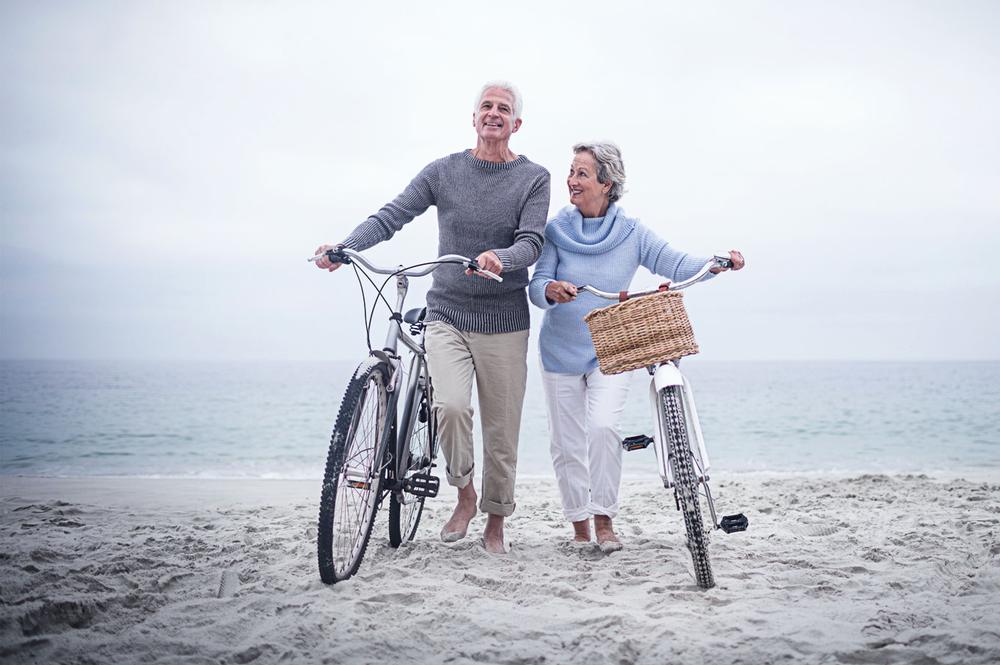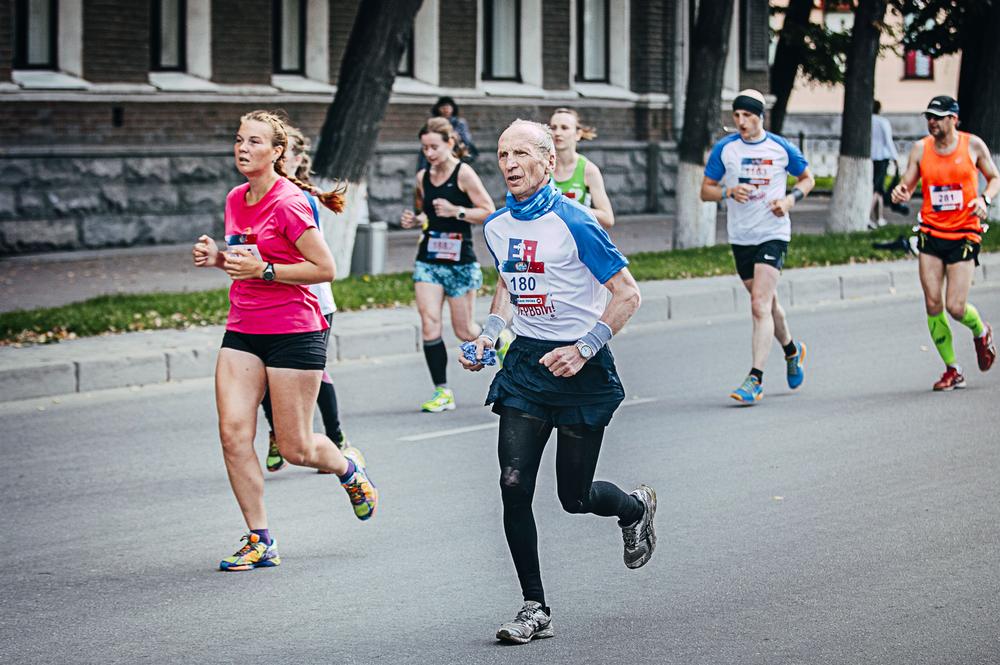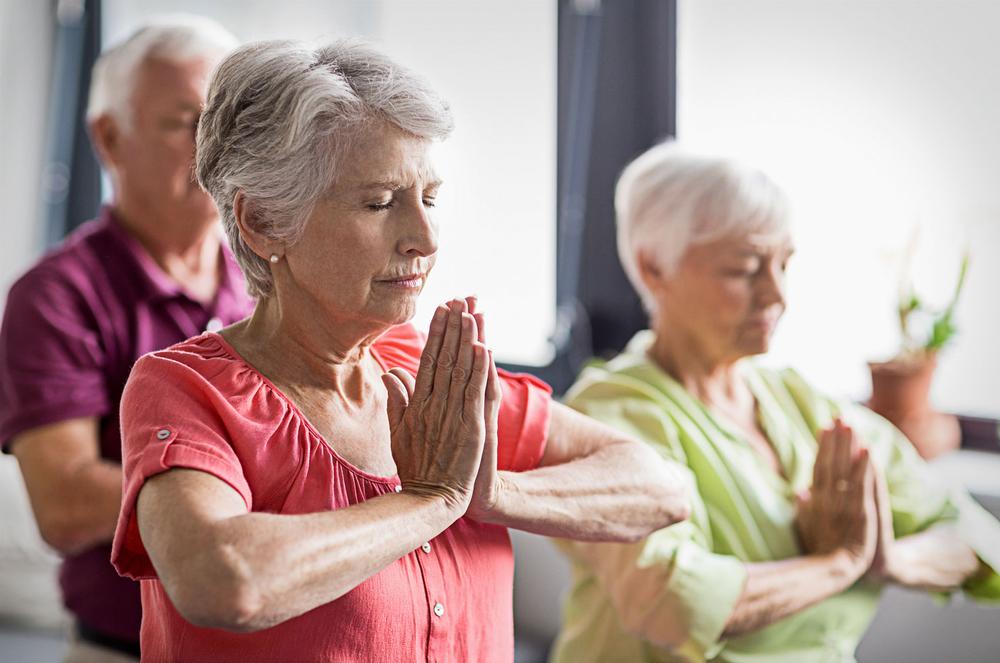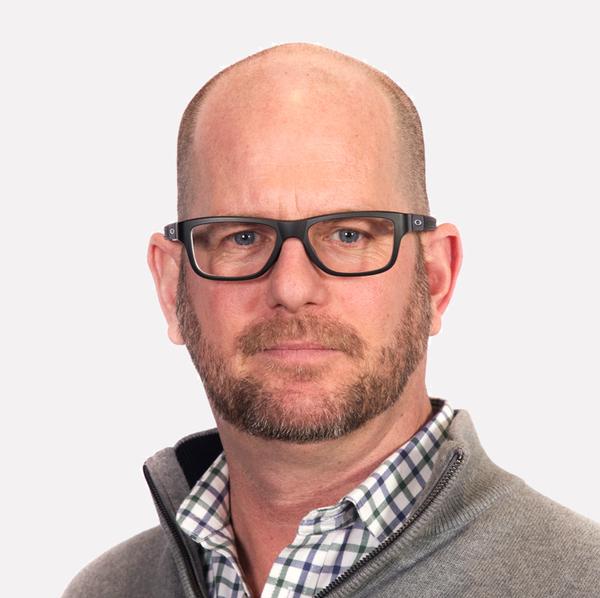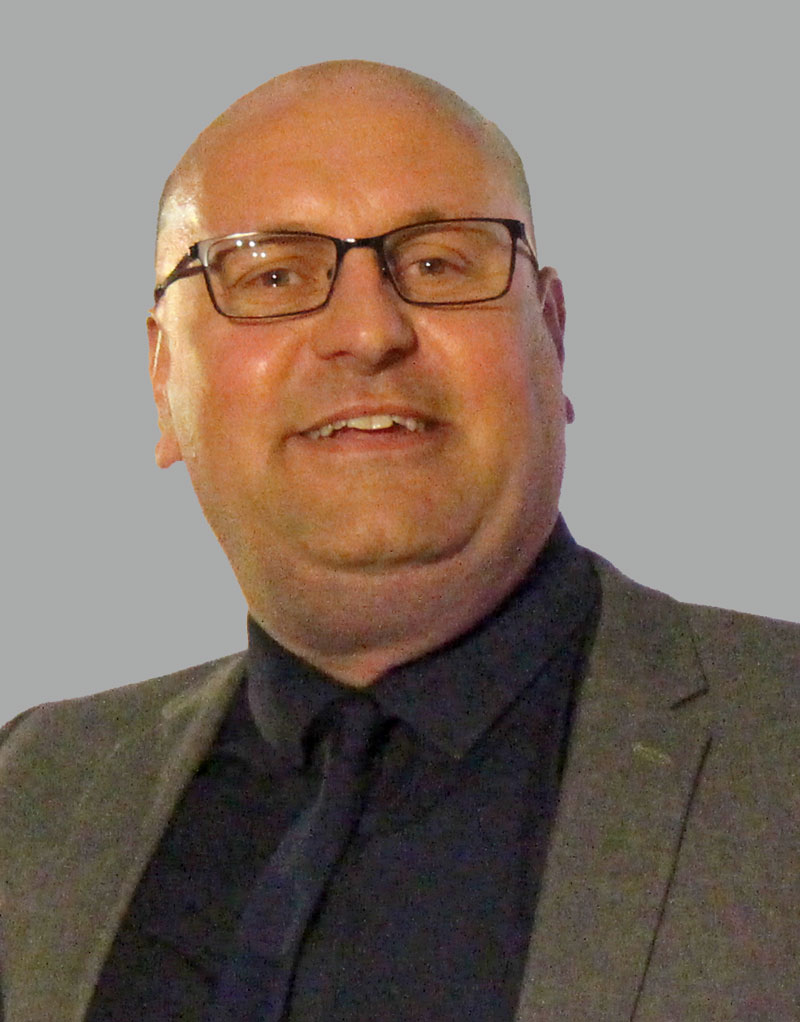features
Interview: Colin Milner
The CEO of the ICAA talks to Kate Cracknell about the sheer business logic of catering for older adults in health clubs – and why many operators are still falling at the first hurdle
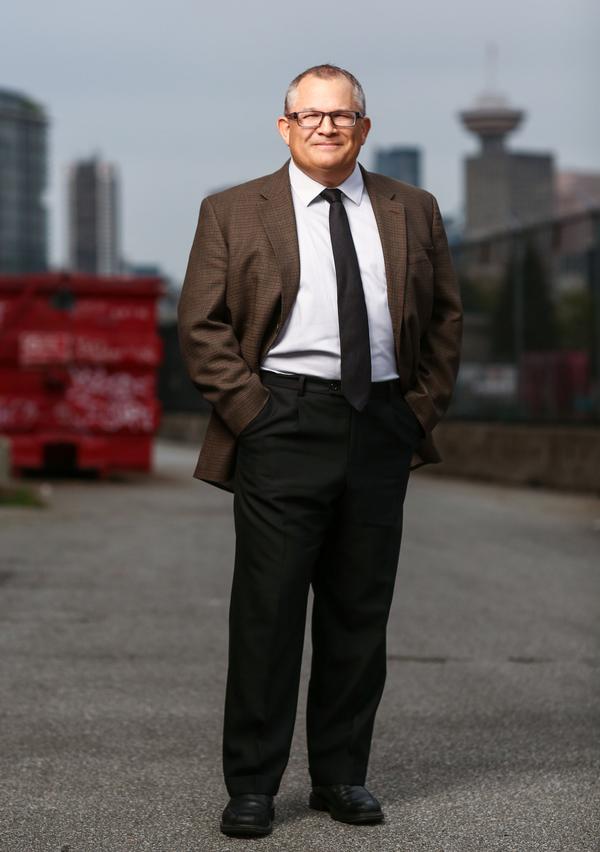
There’s a loud wake-up call for health and fitness providers,” says Colin Milner, CEO of the Canada-based International Council on Active Aging (ICAA). “You can’t just focus on young people, because they simply don’t have the money to spend with you.”
He continues: “So many businesses seem to think all the opportunity lies with the young – that this is where the money is to be made – but just taking the UK as an example, 79 per cent of all disposable income is in fact in the hands of people aged 50 years and over.
“Yet 90 per cent of all marketing globally – across all sectors, not just health and fitness, which probably has even more of a bias towards the younger generations – focuses on people under the age of 50.
“Anyone over that age is effectively invisible. And they want to be visible. They want to be part of the community and not simply shoved away in a room labelled ‘seniors’.”
A need for education
It’s this lack of regard for the ageing market, a lack of awareness across the fitness sector of how to even begin to work with this population, that led Milner to set up the ICAA in 2001 (see briefing panel, p36) – an organisation dedicated to “changing the way we age”.
So how does he hope to achieve this mission? His one-word answer: “Education.” He elaborates: “There are four different groups we try to influence. First are the organisations who provide services to older adults, from health clubs to retirement communities to hospital wellness centres. We educate them on how to market to, and programme for, this group – and why it’s worth their while doing this.
“Because there’s a huge opportunity here for the private sector to step in and say: ‘We offer services that can help you delay the onset of disease.’ There’s a very deep appetite for healthy ageing right now – not just among older people, but among people as young as 25–30 years who want to age well.”
He continues: “The second group is government, which is always tough but we’re making great inroads with governments around the world, from the United States to the United Kingdom, Australia to China.
“The toughest of all is the third group: suppliers, not just in fitness but across all sectors. There’s a real lack of products and services geared towards the older population, and that really boils down to three things – people simply not even considering it, not taking the time to become knowledgeable, or actually being ageist in their views.
“Finally you have the educators – the people who are going to talk about what makes this older market interesting and unique. Some of those groups are open to the conversation. Others are not.”
Defining ‘old’
One big question I had for Milner was how the ICAA defines ‘old’. At what point does youth move into middle age, and where does old age kick in? Certainly as the population continues to age – and with expectations of good quality later years – what used to be ‘old’ is now far from being so. So how do we address the outdated view still prevalent in fitness whereby passing the age of 50 seems to warrant being given a specialist ‘over-50s’ programme?
“We don’t use age or labels at all,” says Milner. “We focus on functional abilities. If I’m a marathon runner, it doesn’t matter if I’m young or old – I’ll have similar interests and similarly high functional ability as other marathon runners. If I’m a dependent individual, young or old, my functional abilities are extremely low. There are five levels of function across the spectrum: athlete, fit individual, independent individual, frail individual and dependent individual. We work everything we do around those.
“This function-based approach sits well with the latest recommendations from the World Health Organization too, which were published in a report on active ageing in September. One of the new definitions of healthy ageing is less about disease or the absence of disease, and more about what WHO is classifying as functional ability. It’s what we’ve been talking about for 15 years, but what’s exciting is that this might now translate into funding, which translates into opportunities that might not have been there before.”
Age of independence
He continues: “The vast majority of people live in the independent category: 50 per cent of older adults in the United States meet the US physical activity guidelines of 150 minutes a week, and 82 per cent do some form of exercise one day a week. That’s where the real opportunity is. How do you turn that into two or three times a week, and how do you bring that activity into your club or leisure centre?
“One of the great misconceptions about older people is that they don’t exercise. Maybe they don’t exercise in the way some health clubs would like them to, but they are being active – so where are they doing it? I always ask the question: ‘Why aren’t they doing it in your centre, especially in the middle of winter?’ And the problem is, nobody knows, because nobody asks. Nobody’s bothered to find out what this group wants, let alone cater for that.
“What I believe you need is an inclusive facility where everyone feels comfortable, and the way I’d create that would be to sit down with a group of people, young and old, and talk to them about what turns them on and off.
“Many years ago, I wrote on an article on hiring a group of older people to go for a tour through other facilities, and then through yours, before asking them to rate how yours compares to the others: what they like, what they don’t like, what the issues are. Once you have that information, you can start brainstorming how you’re going to overcome those issues. Because there are lots of ways of getting around many of them.
“I certainly don’t think you need to create an exclusive facility for older people – although there are some successful examples of that – because older people want very similar stuff to the younger population. In fact, another US stat shows that 85 per cent of those aged between 40 and 90 don’t see themselves as old. My 104-year-old grandmother doesn’t even see herself as old – she talks about ‘those old people’. So offering senior programmes gets you a very small percentage of the market.
“What this group wants is an environment that’s social, that’s clean – it’s basic stuff. And what they’re really interested in is going somewhere that understands them and that genuinely wants their business.
“The problem is that few health club operators seem to be in that mindset right now, in spite of the size and the value of this market. They’re turning their backs on one in every two people who could potentially walk through their doors.”
A multi-dimensional model
So are there any examples of best practice Milner could highlight from around the world?
“The examples I’d pick aren’t health clubs,” says Milner. “I believe change and inspiration will come from outside the sector. One place that’s really cracked it is Willow Valley, an active adult community in the United States. Their population is aged 65 and above, and they have three very large clubhouses for various activities – but one important factor is that one of these clubhouses is inter-generational. There are activities for them to do with their kids and grandkids – bowling, tennis, fitness, pinball – and shared dining areas. They’re creating the all-important social connection.
“Then you could look at somewhere like destination spa Canyon Ranch. As a club, you may not be able to replicate its facilities, but you can replicate its programmes – and they do a really, really great job of programming.
“In fact, a lot of the very high-end spas offer a really good look at the kinds of programming which could and should be available in health clubs – programming that goes beyond just fitness.
“One of the keys with this older market is moving beyond just the physical towards a multi-dimensional model of wellness: physical, spiritual, emotional, social, cognitive, vocational and environmental. Each of those dimensions offers a door to bring new people in.
“We spend so much money on cardio equipment, and yes, cardiovascular disease is a major health issue – but by the year 2020, WHO predicts that depression will be the second biggest cause of premature death and disability globally. So what are you offering in your club for that – what life balance programming, what social programming? There are some real basics that clubs are missing.”
Providing solutions
Milner concludes: “I think the burning issue is acceptance: acceptance of the market and acceptance that we all grow older. Some of the older club owners I know say they feel youthful being around young people – I’m not sure they want to recognise their own ageing process.
“But we do all age, and people are spending lots of money to try to delay this process. They’re buying a few ounces of anti-ageing face cream for US$300. They’re buying drugs and supplements to help them age well. People are looking for solutions. The question is: are you providing them or do they look elsewhere?”
COLIN MILNER
FROM INSTRUCTOR TO ICAA
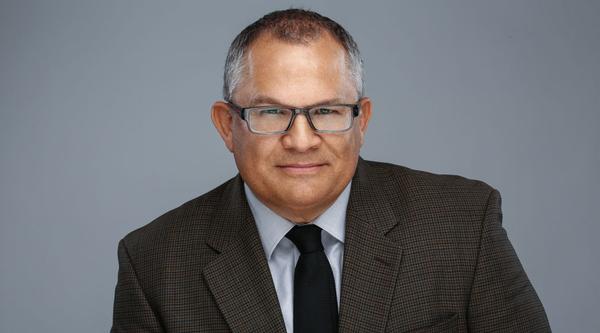
“This coming March will mark my 35th year in the fitness industry,” says ICAA CEO Colin Milner. “I started as an instructor, worked my way up to club management, and then had the idea of opening a fitness publication for Canada when I was about 25.
“It went well and I sold the magazine after about five years – for not quite enough to retire on! – and was offered a job as vice president of sales and marketing for fitness equipment manufacturer Keiser. I was there for eight years, and that’s where I really got into the area of active ageing.
“Operators would often say to us: ‘We’d really like to get into the older market, but we’re not sure what to do.’ And providers of elderly care would say: ‘We know about older adults, but we don’t know about fitness and wellness.’
“We therefore launched the Keiser Institute on Aging, which in many ways was the precursor of the ICAA. There was so much research being done about Keiser’s equipment, and how you could transform someone’s life simply by getting them to become stronger and participate more in life. I found it amazing.
“I was then recruited by IDEA Health and Fitness Association to be its president, and was hoping to take across with me the sort of active ageing concept we’d developed at Keiser. That didn’t really materialise though, so aged 40 I resigned and launched the ICAA in 2001. Its mission: to change the way people age.
“We now have 10,000 members across 37 different countries, and I’m hoping we’ll grow even further, because the World Health Assembly recently set out plans to make 2020–2030 the decade of healthy ageing. There’s going to be so much focus on this. They’re looking for partners, they’re focusing on function, they’re focusing on trying to change healthcare systems more rapidly.”
